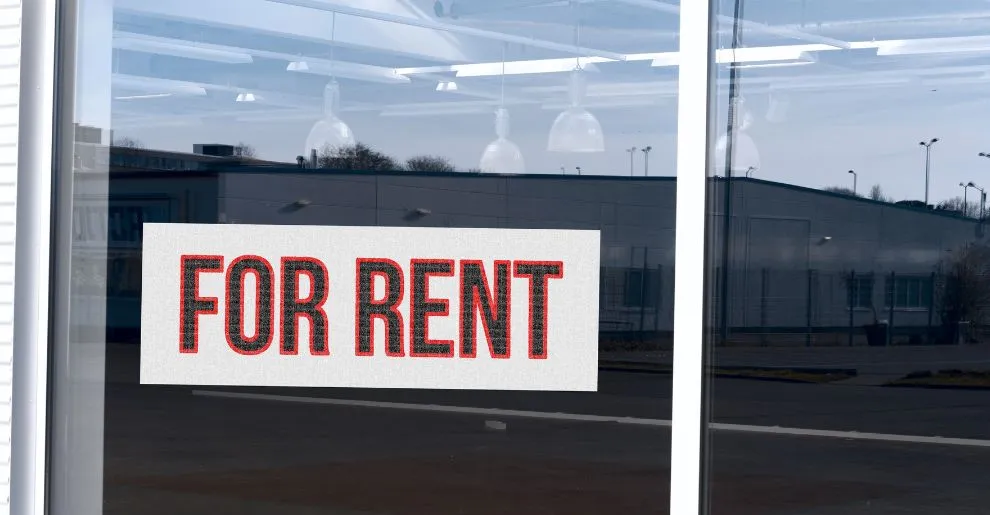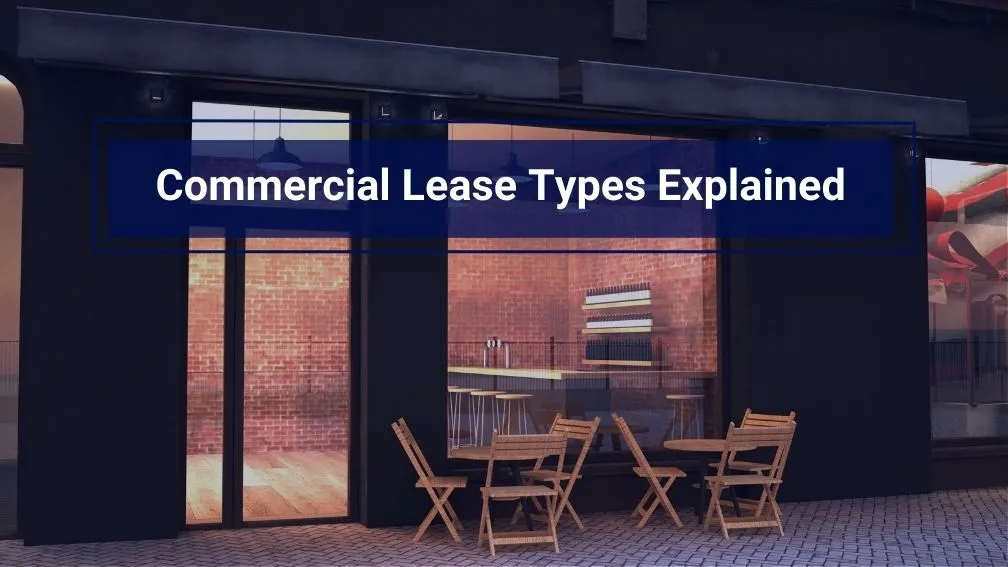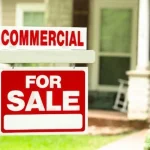Looking to lease commercial property for your business? Understanding commercial lease agreements, rental costs, lease types, and tenant responsibilities can help you make smart decisions. In this guide, you’ll find everything you need to navigate the commercial property for rent process, negotiate better terms, and choose the right space for your business needs.

Content
Understanding the Types of Commercial Properties
Before signing any lease, it’s important to understand the types of commercial property for rent available:
- Retail spaces: Ideal for shops, showrooms, or customer-facing businesses.
- Office buildings: Best for administrative or service-based operations.
- Industrial properties: Used for manufacturing, logistics, or warehousing.
- Mixed-use spaces: Combine residential, retail, and commercial elements.
- Special-purpose buildings: Includes medical centers, schools, or event venues.
Choosing the right type affects everything from location to rental costs and lease terms.
How to Rent a Commercial Property
Here’s a basic step-by-step on how to commercial property for rent:

- Determine your needs (size, location, type).
- Research the market to compare spaces.
- Hire a commercial real estate broker.
- Tour properties and inspect thoroughly.
- Evaluate lease terms and responsibilities.
- Negotiate rent, duration, and clauses.
- Sign the commercial lease agreement.
Planning ahead simplifies the process and helps avoid costly mistakes.
What is a Commercial Lease Agreement?
A commercial lease agreement is a legally binding contract between a landlord and a business tenant. It outlines:
- Base rent and term
- Security deposit
- Maintenance responsibilities
- Use of property
- Renewal and termination options
Unlike residential leases, commercial lease clauses are often negotiable, so review every section carefully.
Commercial Lease Types Explained
There are several commercial lease types, each with varying levels of tenant responsibility:

- Gross Lease: Tenant pays a flat rent; landlord covers operating costs.
- Net Lease: Tenant pays rent plus some expenses.
- Triple Net Lease (NNN): Tenant covers rent, property taxes, insurance, and maintenance.
- Percentage Lease: Common in retail; tenant pays base rent plus a percentage of revenue.
- Ground Lease: Tenant leases land to develop a property.
Understanding what is a triple net lease and other types helps avoid surprises.
Understanding Commercial Rental Costs
Several factors affect the cost to commercial property for rent space, including:
- Location: Prime areas cost more.
- Property type: Retail and office rates vary.
- Lease type: Gross vs. NNN leases impact your monthly bill.
- Amenities: Parking, security, elevators, and technology add value.
Average commercial property for rent rates by type are often calculated per square foot annually. Always check for hidden costs in commercial leases such as:
- Common Area Maintenance (CAM) fees
- Utility charges
- Property taxes
How to Calculate Commercial Rent
Calculating rent involves more than just base rates. Here’s how to calculate commercial rent:

- Determine usable square footage.
- Multiply by the rental rate per square foot.
- Add operating expenses like CAM or insurance (for NNN leases).
Example:
Rentable area: 1,500 sq ft
Rate: $20/sq ft
CAM: $5/sq ft
Total Rent = (1,500 x 25) = $37,500 annually
Key Clauses in a Commercial Lease
Commercial lease clauses explained:
- Escalation Clause: Allows periodic rent increases.
- Repair and Maintenance: States who handles what.
- Subletting and Assignment: Rules for transferring lease.
- Termination Clause: Outlines conditions for breaking lease early.
- Exclusivity Clause: Prevents landlord from renting nearby to competitors.
Read every clause and seek legal advice if needed. Knowing the average commercial lease terms helps benchmark your agreement.
Tenant Responsibilities in a Commercial Lease
Tenants are responsible for various elements depending on lease type. Common responsibilities of commercial tenants include:
- Routine maintenance and minor repairs
- Keeping the property clean and compliant
- Carrying insurance (liability, contents)
- Adhering to zoning and building codes
Some landlords also require you to handle HVAC systems or signage installation.
Zoning Laws and Legal Considerations
Zoning laws for commercial property dictate how a space can be used:
- Retail, industrial, office, or mixed-use designations
- Restrictions on noise, hours, and signage
- Parking requirements and fire safety rules
Check zoning regulations with your local municipality before signing the lease. You can’t run a café in a space zoned for industrial use.
Tips for Negotiating a Commercial Lease
Effective negotiating a commercial lease can save thousands over the term:
- Research market rates to support your position.
- Ask for rent-free months or build-out allowances.
- Negotiate CAM caps or landlord maintenance duties.
- Don’t sign pre-drafted leases without review.
Use a lawyer or broker to identify red flags and win better terms. Mastering commercial property for rent tips is a key business advantage.
Ending a Lease: What You Should Know
Breaking a lease is tricky, but here’s what to know:
- Review the termination clause.
- Understand penalties or early exit fees.
- Negotiate a lease break if business closes or relocates.
- Seek subletting options if permitted.
Learning how to break a commercial lease helps protect your business from financial loss.
Lease vs Buy: Which is Better for Your Business?
Should you lease or purchase your space? Here’s a quick comparison:
Leasing Pros:
- Lower upfront cost
- Flexibility to relocate
- Maintenance often covered
Buying Pros:
- Builds equity
- Tax benefits
- Long-term savings
Commercial lease vs purchase depends on your capital, stability, and growth plans.
Conclusion: Be Lease-Smart Before You Sign
Commercial property for rent is a major decision that can influence your business success. By understanding the types of leases, analyzing rental costs, and learning how to negotiate key terms, you protect your bottom line and ensure long-term operational ease. Use this guide as your roadmap and make sure every lease agreement supports your business goals—not limits them.
FAQs About Commercial property for rent
What is the standard length of a commercial lease?
Most are 3–10 years, depending on property type and tenant needs.
Can I negotiate my commercial lease?
Yes, every term is negotiable, especially rent, duration, and responsibilities.
Who pays for repairs?
It depends on the lease. NNN leases usually require tenants to cover maintenance.
Are CAM charges included in the base rent?
No, they’re typically billed separately unless stated otherwise.
Can I sublet my commercial space?
Only if allowed in your lease agreement under the subletting clause.

With a passion for matching clients with their dream homes, Mary’s experience and knowledge of the real estate market make her a trusted advisor. She’s your go-to expert for buying or selling properties in the heart of the city.






